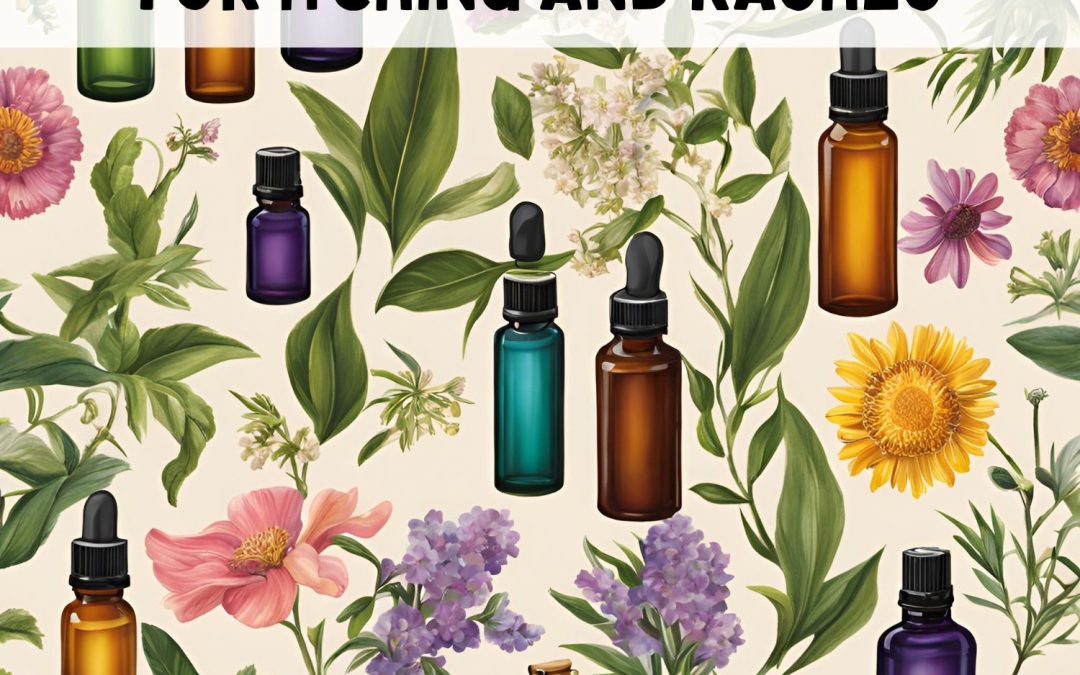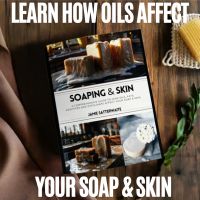This post may contain affiliate links, to learn more about them, check out our Disclosure.
Itching and rashes can be uncomfortable and sometimes even unbearable. Fortunately, essential oils offer a natural remedy to alleviate these symptoms. In this guide, we’ll explore the best essential oils for itching and rashes, how to use them safely, and the science behind their effectiveness.
What Causes Itching and Rashes?
Itching and rashes can result from various factors, including:
– Allergic reactions
– Skin conditions like eczema or psoriasis
– Insect bites
– Dry skin
– Infections
Understanding the root cause of your itching and rashes is crucial for effective treatment. However, essential oils can provide relief regardless of the cause.
Read more: Top Essential Oils for Itching and RashesTop Essential Oils for Itching and Rashes
1. Lavender Oil
Lavender oil is renowned for its calming and anti-inflammatory properties. It’s particularly effective for soothing insect bites and reducing redness and itching from rashes.
– How to Use: Dilute with a carrier oil (like coconut or jojoba oil) and apply directly to the affected area.
2. Tea Tree Oil
Tea tree oil has powerful antiseptic and anti-inflammatory properties. It’s effective against bacterial and fungal infections, making it a great choice for rashes caused by these factors.
– How to Use: Mix a few drops with a carrier oil and apply to the rash. It can also be added to a warm bath.
3. Chamomile Oil
Chamomile oil, especially Roman chamomile, is excellent for reducing inflammation and soothing irritated skin. It’s a gentle oil, making it suitable for sensitive skin and children.
– How to Use: Combine with a carrier oil and apply to the skin or add a few drops to a bath.
4. Peppermint Oil
Peppermint oil provides a cooling sensation that can help reduce the sensation of itching. It’s also known for its anti-inflammatory and antimicrobial properties.
– How to Use: Dilute with a carrier oil before applying to the skin. Avoid using on open wounds or broken skin.
5. Eucalyptus Oil
Eucalyptus oil is another great option for its anti-inflammatory and antimicrobial benefits. It can help soothe itching and speed up the healing process of rashes.
– How to Use: Mix with a carrier oil and apply to the affected area, or add to a diffuser to benefit from its properties through inhalation.
6. Geranium Oil
Geranium oil helps balance the skin’s natural oils and has anti-inflammatory properties that can reduce itching and irritation. It’s particularly beneficial for conditions like eczema and dermatitis.
– How to Use: Dilute with a carrier oil and apply directly to the rash or add to a warm bath.
How to Use Essential Oils Safely
Essential oils are potent, and it’s important to use them correctly to avoid adverse reactions:
– Dilution: Always dilute essential oils with a carrier oil before applying them to the skin. A common ratio is 2-3 drops of essential oil per teaspoon of carrier oil.
– Patch Test: Perform a patch test on a small area of skin to check for any allergic reactions before using the oil extensively.
– Avoid Sensitive Areas: Avoid applying essential oils to sensitive areas like the eyes, ears, and mucous membranes.
– Consult a Professional: If you have a chronic skin condition or are pregnant, consult a healthcare professional before using essential oils.
The Science Behind Essential Oils and Skin Relief
Studies have shown that essential oils can have significant anti-inflammatory, antimicrobial, and soothing effects on the skin. For example, research on lavender oil has demonstrated its ability to reduce inflammation and accelerate wound healing . Similarly, tea tree oil has been proven effective against a variety of pathogens that cause skin infections.
Essential oils offer a natural and effective way to soothe itching and rashes. By choosing the right oil and using it safely, you can find relief from discomfort and promote healthy skin. Always remember to patch test new oils and consult with a healthcare professional if you have any concerns.
Want to learn how to make some amazing products with these oils? Check out our YouTube Channel or be sure to check out some of our DIY Soap Articles!



